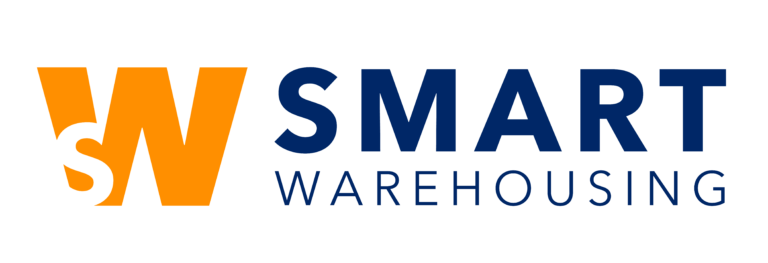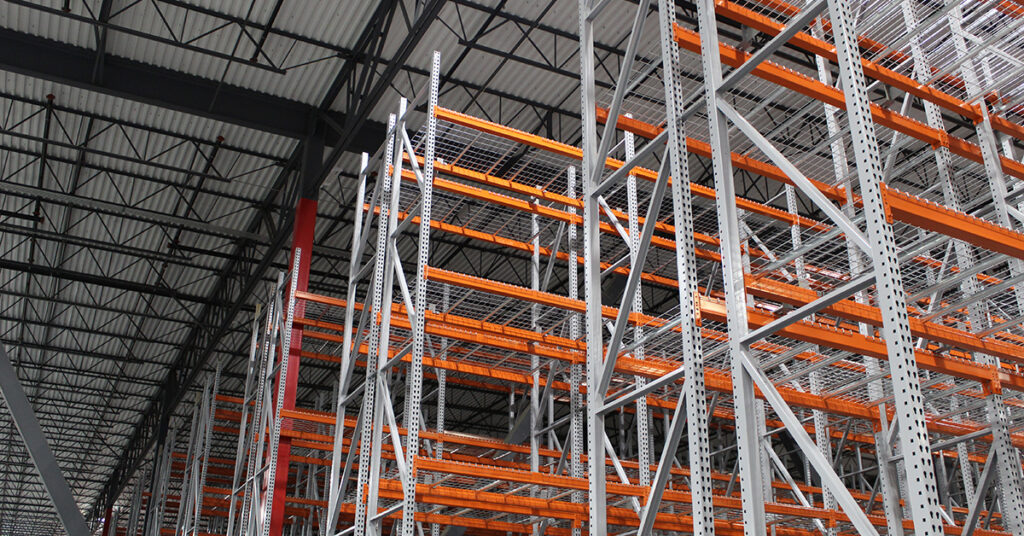In the world of business procurement, the search for the best value is a common goal; to make the right choices from the beginning, avoid regrets, and ensure long-term success with vendors.
However, when it comes to the complex realm of 3PL pricing, it is common for decision-makers to fixate on finding the lowest rate rather than the greatest value from a 3PL partnership. This short-sighted approach can lead to issues down the road, damaging the company’s bottom line and reputation.
A comprehensive understanding of 3PL pricing and its production will empower companies to make informed decisions when comparing proposals, ensuring the long-term success of their logistics operations.
Often-Overlooked Financial Considerations: The Value of Partnering with a 3PL Warehouse
When evaluating a 3PL proposal, it is important to consider factors, other than rates, that could potentially have a financial impact.
Operational Capability and Competency
The operational capability and competency of your chosen 3PL provider will play a significant role in the efficiency of your supply chain. A 3PL with a proven track record of managing logistics operations can help streamline processes, reduce errors, and enhance overall operational efficiency. In contrast, a provider lacking in competency may lead to disruptions, delays, additional costs, and service failures. Choosing a 3PL with the right operational expertise ensures that your products move seamlessly through the supply chain, ultimately impacting your bottom line by minimizing operational hiccups and increasing customer satisfaction.
Scaling Warehouse and Fulfillment Operations
The ability to scale warehouse and fulfillment operations effectively can significantly impact your business’s financial stability. During peak seasons or periods of growth, a 3PL that can quickly adjust and accommodate increased volumes ensures your ability to meet customer demand without incurring excessive costs related to warehousing space, labor, and infrastructure. Conversely, a lack of scalability may lead to missed opportunities or the need for costly last-minute expansions, potentially straining your budget and affecting profitability.
3PL Networks and Relationships for Procurement
A 3PL’s network and relationships within the supply chain can offer substantial financial advantages. A well-connected 3PL can leverage its network to negotiate favorable procurement terms with suppliers, secure cost-effective transportation solutions, and access bulk purchasing discounts. These advantages can translate into significant cost savings for your business while also enhancing your competitive edge through more favorable pricing and access to resources.
Expanding into New Geographical Markets
Expanding into new geographical markets can be financially complex, and partnering with a 3PL that understands the nuances of logistics and market entry can be invaluable. A knowledgeable 3PL can assist in navigating regional regulatory requirements, optimizing shipping routes, and managing distribution networks effectively. This expertise reduces the risk of costly delays, fines, or compliance issues, ultimately facilitating a smoother market expansion and safeguarding your financial interests.
Logistics Expertise
The competence of your 3PL directly impacts the overall performance of your logistics operations and, consequently, your bottom line. A 3PL that possesses in-depth knowledge can optimize routing, inventory management, and transportation choices. This leads to cost savings through reduced transportation expenses, lower inventory carrying costs, and improved order fulfillment accuracy. Additionally, an experienced 3PL can proactively identify opportunities for process improvements and cost reductions, contributing to ongoing financial success.
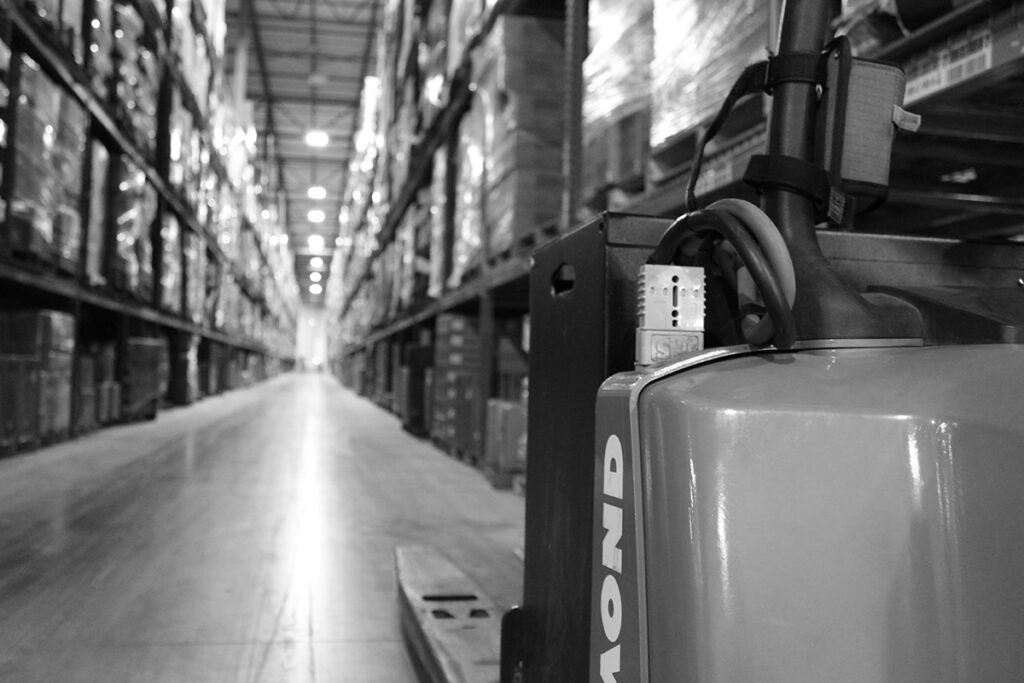
Expenses Involved in 3PL Warehousing Operations
Warehouse Building Expenses
Warehouse building expenses include rent, utilities (electricity, gas, water), maintenance and repairs, taxes, insurance, pest control, janitorial services, dumpsters, dunnage, and more.
Warehouse Equipment Expenses
Warehouse equipment costs involve acquiring, maintaining, and repairing equipment utilized by operations, such as material handling equipment (MHE), racking, pack stations, scales, and conveyors.
Warehouse Technology Expenses
Technology expenses cover costs associated with warehouse management systems (WMS), transportation management systems (TMS), bar code scanners, customer portals, ticketing systems, and other IT-related items.
Office Expenses
Office expenses comprise phones, printers, furniture, computers, monitors, copy paper, ink, and other office supplies.
Other Corporate Overhead Expenses
Corporate overhead expenses include salaries for executives and corporate employees (accounting, billing, marketing, sales, HR, legal), advertising, marketing costs, and expenses related to outsourced professional services.
Labor Expenses
Labor expenses encompass a range of costs related to workforce management. This includes warehouse associates, supervisors, customer service reps, account management representatives, training, employment taxes, and employee benefits.
How Much Does 3PL Warehousing Cost?
When you search for the answer to this question, you’ll typically find:
- “It is dependent on the scope of work.”
- “Our pricing is customized to the client.”
- “We need more information to generate pricing.”
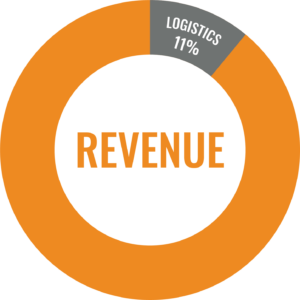
These are undoubtedly true statements. Warehousing and fulfillment operations have many variables that make it tough to estimate costs until the 3PL fully understands the scope of work. However, industry publications have provided points of reference based on averages. It is estimated that companies spent an average of 11% of their revenue on logistics in 2019, with transportation and inventory making up 72% of that spend.
The way 3PL warehouses price their services will vary based on their expenses (warehouse facilities, equipment, technology, office, labor, etc.), profit margin, and market. Regardless, the biggest factors in determining the cost of 3PL services are the client’s space and labor demands.
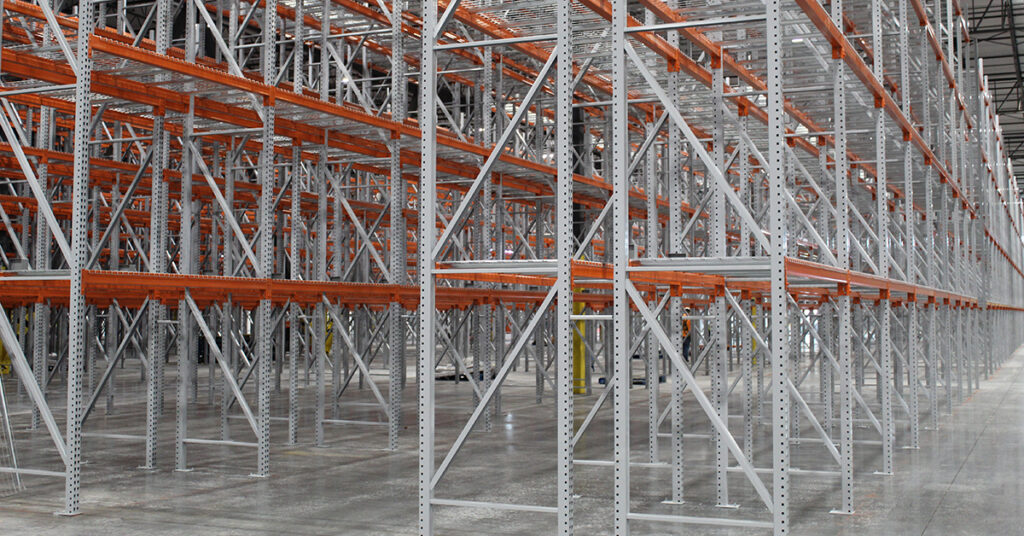
Space Costs in Logistics
To calculate the storage cost for a client’s inventory, the 3PL provider needs to understand how the product stores, what the outbound orders look like, how the inventory turns, the number of SKUs, and more. Does the product require temperature-controlled space or food-grade certifications? Does it need racking or bulk/floor storage? What percentages of orders are pallet, case, and each picks? Are the pallets stackable? Large-scale operations could be quoted at hundreds of thousands in monthly storage costs depending on storage requirements.
There are also indirect costs built into 3PL pricing that can be attributed to space, such as capacity planning. A warehouse is typically considered “full” at 85%. Continuing to add inventory beyond this point will crowd the warehouse and impact efficiency. This space must be accounted for in the pricing structure along with other indirect space costs, including docks, aisles, pallet racking, utilities, waste disposal, insurance, taxes, and maintenance.
Labor Costs in Logistics
The biggest factor impacting a client’s labor costs is the complexity of handling. For example, inventory that arrives at the warehouse already palletized will incur lower inbound costs than floor-loaded inventory that requires sorting and palletizing.
To estimate labor costs, a 3PL needs to understand how much labor is involved in the scope of work. They will need to know how the products will arrive, how they will go out, and everything in between. A 3PL will ask questions about vendor compliance, labeling, order compositions, kitting, and more. The more information that can be provided, the more accurately they can provide you with estimated costs. Some providers may be able to provide a mock invoice to show what a client would be billed in an example scenario. When the information provided is minimal, they must make assumptions about worst-case scenarios. This may lead to higher rates to ensure the 3PL covers its own costs and makes a margin.
3PL Pricing Models
All-In Rate Model
In the All-In Rate Model, the 3PL provides a single, comprehensive fee that covers all warehousing services. This fee typically includes storage, handling, labor, equipment, and any additional services required. This model is suitable for simplicity and predictability. It is often used for one-off projects.
Transactional Pricing Model
The Transactional Pricing Model charges businesses for specific activities or transactions within the warehouse. Costs are determined based on the number of units received, orders fulfilled, or other measurable activities. This model provides flexibility as costs directly align with usage.
Activity-Based (Labor) Pricing
Activity-Based Pricing charges businesses based on specific tasks or services performed. This could include fees for the labor involved in picking and packing, labeling, or special handling. This model is beneficial for businesses with diverse warehousing needs where different activities have varying levels of complexity and cost.
Cost-Plus Pricing
The Cost-Plus Pricing Model entails businesses paying the actual cost of warehousing services plus a predetermined markup or profit margin agreed upon with the 3PL provider. This model offers a high level of transparency. Businesses can see the direct costs and profit margin applied by the 3PL.
Hybrid Pricing
The Hybrid Pricing Model combines elements of multiple pricing models to create a customized pricing structure. It can include a mix of fixed fees, variable charges, and cost-plus components. This model is ideal for complex warehousing needs where a single pricing model may not adequately capture the cost dynamics.
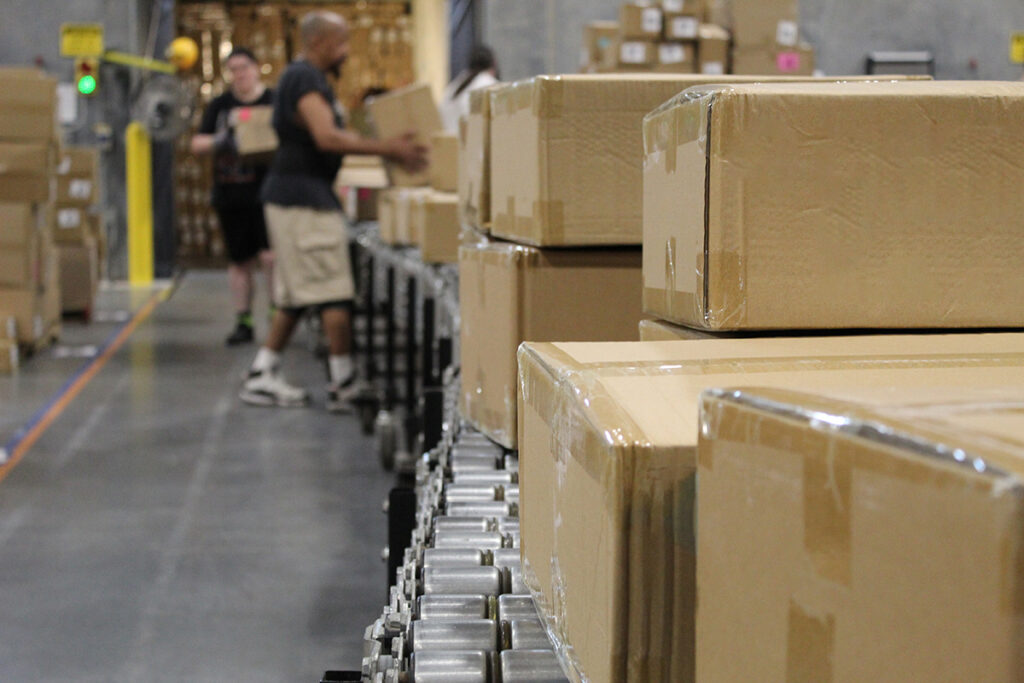
Operational Processes and Effects on Costs
The efficiency of a 3PL’s warehousing processes directly impacts costs. Streamlined operations, optimized workflows, and effective inventory management can reduce labor costs, minimize storage space requirements, and lower overall operating expenses. Clients benefit from cost savings when these efficiencies are passed on to them through competitive pricing.
A 3PL’s ability to navigate complex compliance and regulatory requirements can impact costs. Compliance violations or delays due to inaccurate or lacking processes can result in fines or disruptions that affect the client’s costs and reputation.
Clients should collaborate closely with their 3PL partners to align processes with cost-saving objectives and continuously monitor and optimize operations to ensure they receive the best value for their investment.
Typical Line Items Included on a 3PL Warehouse Rate Sheet
While the specific line items can vary from one provider to another, here are some typical components you can expect to find on a 3PL warehouse rate sheet:
Storage Fees
- Initial Storage: Storage that is charged for the day of arrival.
- Pallet Storage: Charges for the storage of palletized goods. This is typically a rate per pallet per month but can sometimes be provided as a daily storage rate.
- Bulk Storage: For non-palletized or oversized items that require special storage considerations.
- Bin or Shelf Storage: Costs associated with the storage of smaller items in bins, shelves, or racks.
- Split Month Storage: The product is billed in full at the beginning of the month of receiving or half the cost at the end of the month.
Handling Fees
- Receiving: Charges for receiving, inspecting, and processing incoming inventory.
- Picking and Packing: Fees for selecting items from storage and preparing them for shipping.
- Kitting and Assembly: Costs for assembling kits or packages with multiple components.
- Labeling and Barcoding: Charges for applying labels and barcodes to products.
Order Fulfillment Fees
- Per Order: Charges for processing and fulfilling individual customer orders.
- Per Line Item: Fees associated with each line item in an order.
- Per Unit: Costs for each unit or item shipped.
Value-Added Services
- Quality Control: Expenses related to inspecting and ensuring the quality of products.
- Returns Handling: Charges for processing and managing returns from customers.
- Special Handling: Fees for handling fragile, hazardous, or temperature-sensitive items.
- Custom Packaging: Costs for customized packaging solutions.
- White Glove Services: Costs for including thank you notes, flyers, or other materials in fulfillment process.
Transportation and Shipping
- Outbound Shipping: Charges for shipping orders to customers, often with various rate options based on shipping method and destination.
- Freight Handling: Fees for loading and unloading trucks and containers.
Technology and Integration
- Warehouse Management System (WMS): Costs associated with using the 3PL’s WMS.
- Integration Fees: Expenses for integrating your systems with the 3PL’s technology.
Administrative Fees
- Account Setup: Charges for onboarding and setting up your account.
- Minimum Volume Commitments: Penalties or fees if you fail to meet agreed-upon volume thresholds.
- Monthly or Annual Fees: Recurring administrative charges for maintaining the account.
Additional Charges
- Accessorial Charges: Fees for additional services such as labeling changes, repackaging, or special requests.
- Customized Services: Pricing for services tailored to your unique needs.
Understanding these line items and their associated costs is essential for budgeting and evaluating the competitiveness of 3PL providers.
Common Hidden Costs in the 3PL Warehousing Industry
In the 3PL warehousing industry, some costs may not be thoroughly discussed before signing a contract. These hidden costs can significantly impact a client’s budget and overall logistics operations. It’s essential for clients to be aware of these potential expenses and discuss them with their 3PL provider to ensure transparency and cost control. Here are some common hidden costs:
Out-of-Scope Charges: There are typically hourly rate charges for any activity outside of the scope of work outlined in the contract.
Accessorial Charges: These are additional fees for services beyond standard warehousing, such as special handling, labeling, kitting, or quality control. Accessorial charges can accumulate quickly if not clearly defined in the contract.
Minimum Volume Commitments: Some 3PL contracts include minimum volume commitments, which require clients to meet a specified level of business. Failing to meet these commitments can result in penalties or higher rates.
Outbound Shipping Rates: Although clients may negotiate favorable rates for outbound shipping, they should also consider that 3PLs often charge a markup or handling fee for managing the shipping process.
Storage Overages: Contracts typically specify a maximum storage volume, but exceeding this limit can lead to overage charges. Clients should monitor their inventory levels closely to avoid unexpected fees.
Inventory Holding Costs: If inventory is held for extended periods, clients may incur additional holding costs, especially if the 3PL charges for storage based on the age or turnover of the goods.
Returns Processing Fees: The cost of processing returns, restocking, and refurbishing returned items may not be clearly outlined in the contract and can be a significant expense.
Technology and Integration Costs: Implementing or integrating with the 3PL’s systems, such as a Warehouse Management System (WMS), may involve upfront or ongoing costs that are not always discussed in detail.
Cancellation or Change Order Fees: If a client requests cancellation or changes to an order, the 3PL may charge fees for adjustments, especially if the order has already been picked.
Labor Overtime and Peak Season Costs: During peak seasons or surges in demand, labor costs for picking, packing, and shipping can increase, potentially leading to unexpected expenses.
Rework Costs: If errors occur during the warehousing process, clients may incur costs for rework, including fixing labeling mistakes or repackaging items.
To mitigate unexpected costs, it’s crucial for clients to have open and detailed discussions with their 3PL provider during contract negotiations. Clearly defined service levels, pricing structures, and contingency plans can help minimize surprises and ensure a more transparent and cost-effective partnership. Regular communication and monitoring of key performance indicators (KPIs) can also help identify and address potential cost issues before they become significant problems.
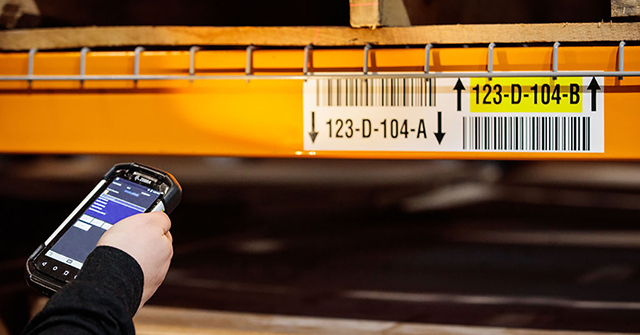
Comparing 3PL Proposals and Bids – Why It Can Be Difficult
When you’re in the market for 3PL warehousing services, you’ll likely need to compare proposals and bids from different providers. While this may seem straightforward, it is often a challenging task.
Diverse Service Offerings
One of the primary reasons for the complexity of comparing 3PL proposals is the wide range of services that providers offer. Each 3PL may include different combinations of services in their proposals, making it challenging to compare apples to apples.
Tip: Create a detailed checklist of the specific services your business requires and use it to ensure that each proposal addresses your unique needs. This will help you evaluate whether a 3PL can meet your specific requirements.
Pricing Models and Structures
3PL pricing can be intricate, with various pricing models and structures. Some providers charge based on storage space, while others use transactional or activity-based pricing models. Additionally, the way costs are structured can differ significantly between proposals. Without a deep understanding of a 3PL’s pricing structure, it can be challenging to determine which offer represents the best value for your money.
Tip: Ask each 3PL to provide a breakdown of their pricing model, including any potential hidden costs or fees. Ask if the 3PL can provide a mock invoice to help you understand the total cost of their services for a given scenario.
Varying Performance Metrics
Different 3PLs may use distinct key performance indicators (KPIs) to measure their success and service quality. This means that the metrics provided in each proposal may not be directly comparable. For example, one 3PL might emphasize order accuracy, while another focuses on order processing speed.
Tip: Clearly define your expectations regarding performance metrics and service level agreements (SLAs) with each 3PL. Ensure that the proposals address your specific KPIs and that you can measure and compare performance accurately.
Geographic Reach and Network
The geographic reach and distribution network of a 3PL can significantly impact your supply chain efficiency and costs. Providers with a broader network or centralized location may offer advantages in terms of reduced transportation costs and faster order fulfillment but have slightly higher rates.
Tip: Request information about the 3PL’s network coverage, including the locations of their warehouses and distribution centers. Consider how their locations align with your customer base and shipping requirements.
Technology and Integration
The level of technology and integration capabilities offered by 3PLs can vary widely. Some providers may have advanced warehouse management systems (WMS) and seamless integration, while others may lack these capabilities. Evaluating the technological fit is an important part of comparing proposals.
Tip: Discuss your technology requirements and integration needs with each 3PL. Determine whether they can accommodate your systems and provide the level of visibility and control you require.
Ways to Reduce 3PL Warehousing Costs
When it comes to reducing 3PL warehousing costs, the most effective approach typically revolves around enhancing operational efficiency. It’s not just about cutting expenses. It’s also about maximizing the value you get from your partner. Collaborating to optimize processes and reduce waste can lower costs and elevate service levels to meet your business goals.
Expertise Matters: Seasoned 3PL providers bring a wealth of experience to the table. This knowledge enables them to identify inefficiencies, bottlenecks, and areas where resources are underutilized. With this expertise, they can develop tailored strategies to streamline your supply chain.
Continuous Improvement: The journey towards cost reduction and enhanced efficiency is ongoing. A proactive 3PL partner doesn’t just optimize once. They embrace continuous improvement as a core principle. By constantly monitoring performance, conducting root-cause analysis, and making data-driven adjustments, they ensure your operations remain streamlined.
Working closely with your 3PL partner involves a collaborative effort. You provide insights into your business goals, and they respond with solutions that align with those objectives. It’s a partnership that goes beyond mere cost-cutting; it’s about achieving an optimal operation.
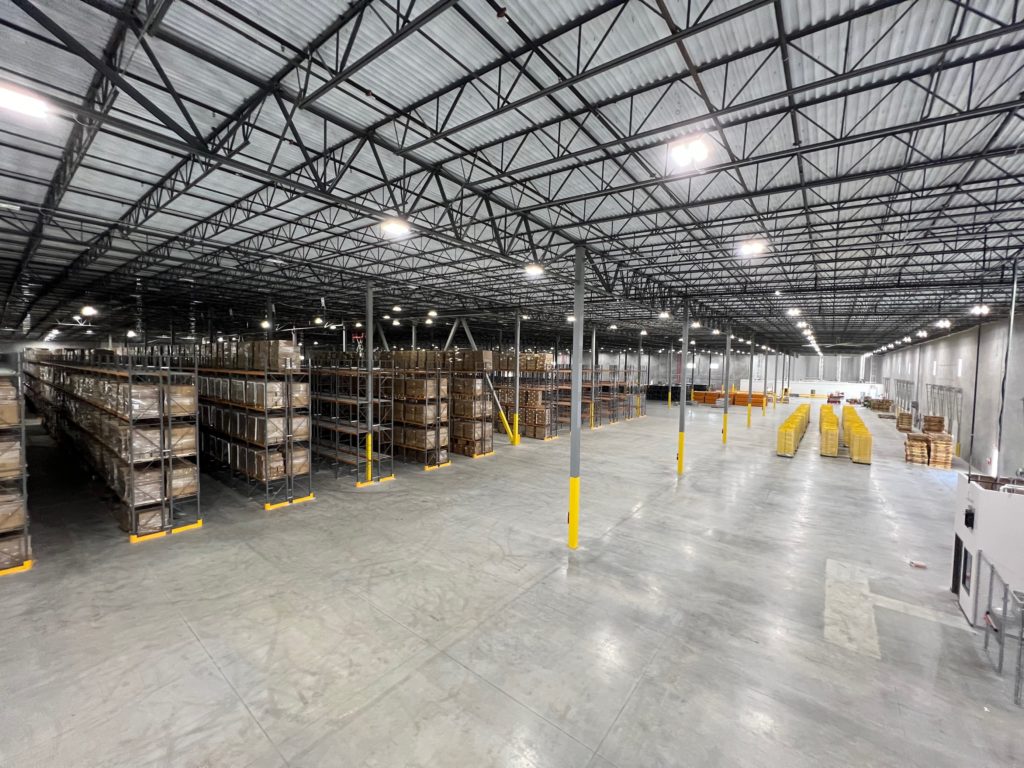
Optimize Your Logistics and Reduce Costs with Beyond Warehousing
It’s important to recognize that the right 3PL partner isn’t just a service provider; they are a strategic ally in your pursuit of cost-efficiency and operational excellence.
After gaining a comprehensive understanding of 3PL pricing, it is time to take action. If you’re searching for a warehousing partner with extensive operational capabilities and a commitment to transparency in their pricing, reach out to the Beyond Warehousing team.

